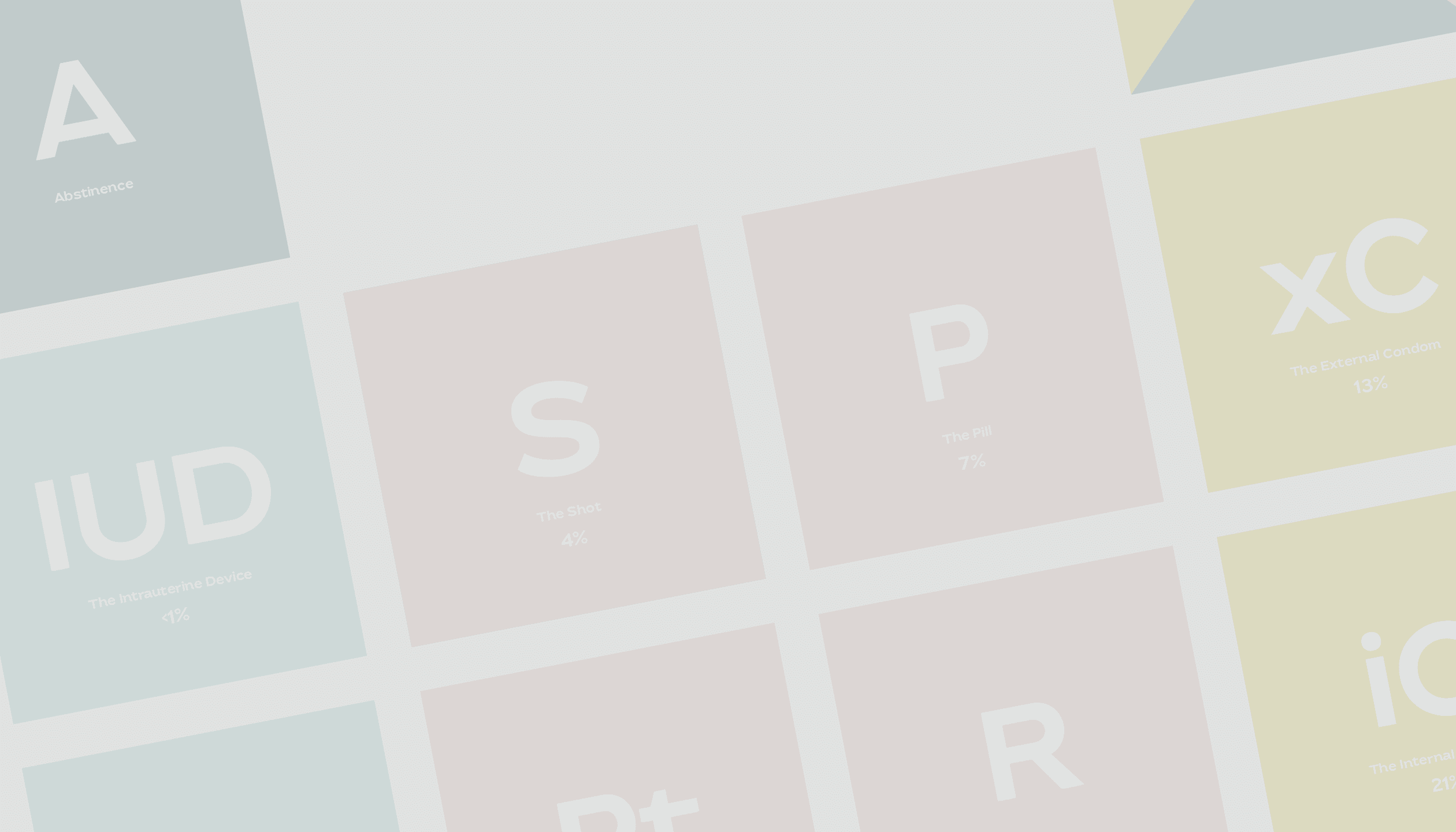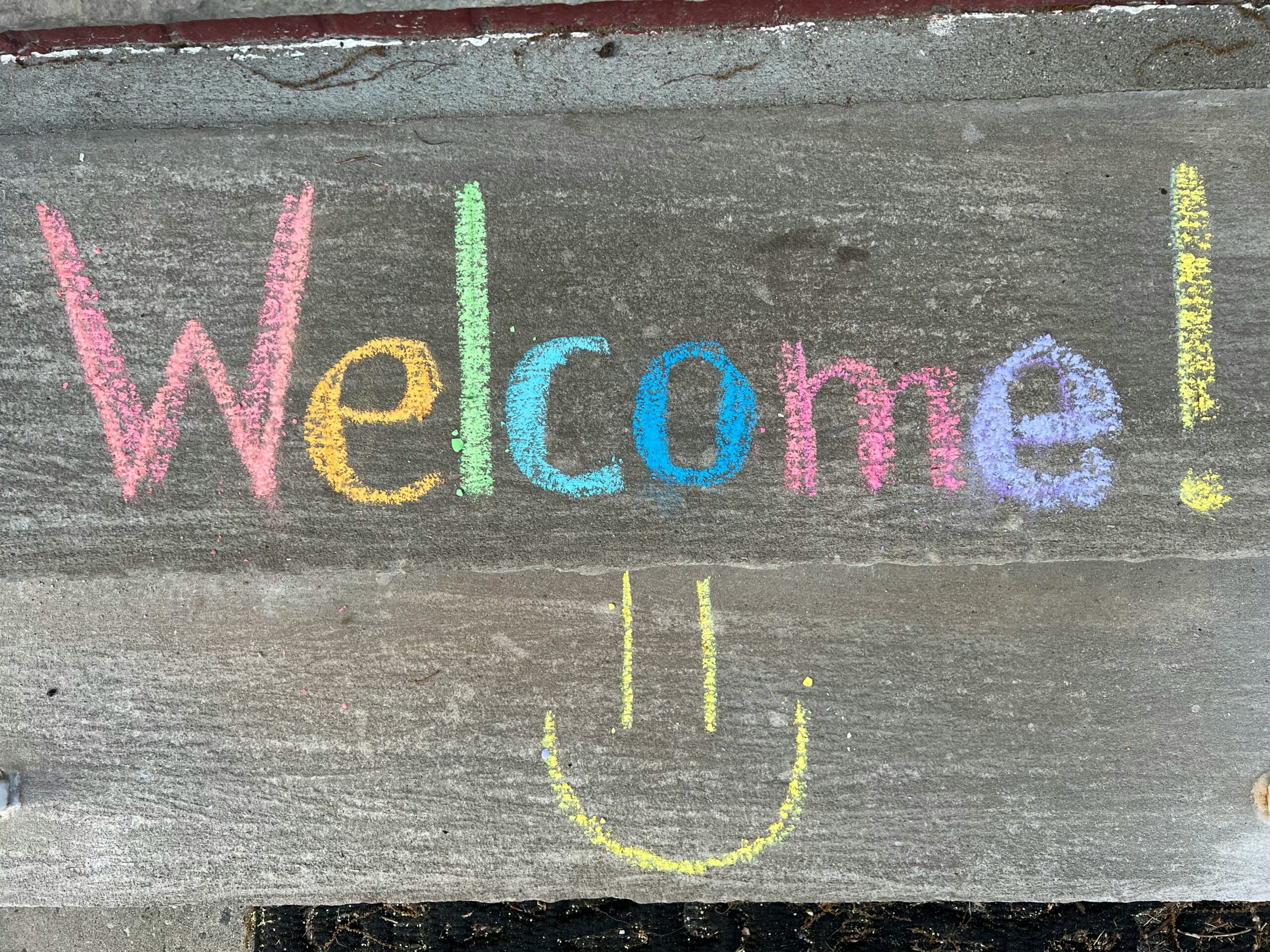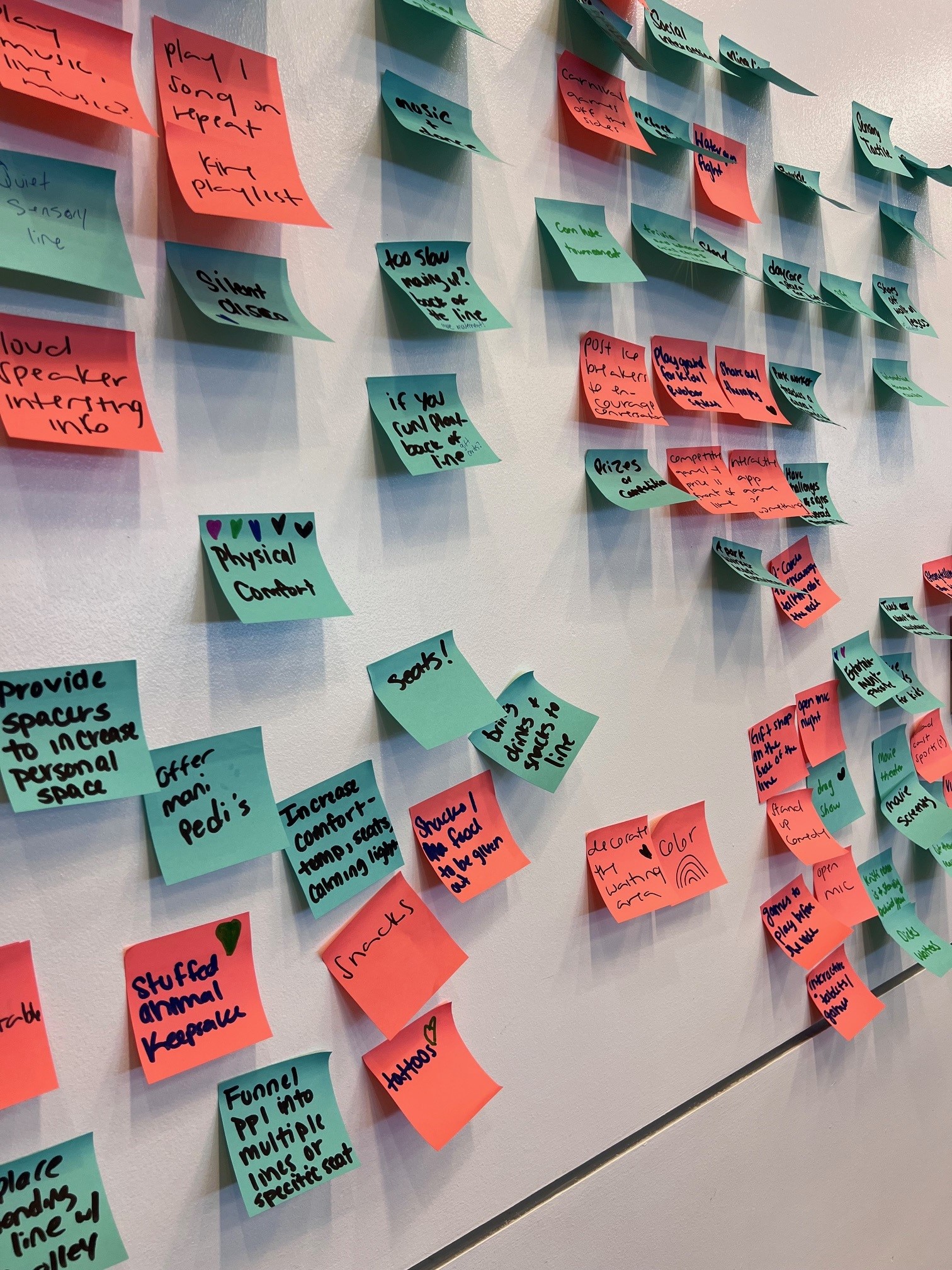
Many Ways of Being
Many Ways of Being is an inclusive, youth-centered curriculum focused on gender equity, healthy relationships, and safer sex practices.
Where We Started
Equimundo: Center for Masculinities and Social Justice (formerly known as Promundo-US), in partnership with Child Trends, the Latin American Youth Center (LAYC), and Healthy Teen Network, set out to create a sexuality education curriculum for young people of all gender identities.
The formative research process as well as the creation and evaluation of Many Ways of Being is funded through the U.S. Department of Health & Human Services (HHS) Personal Responsibility Education Innovative Strategies Program (PREIS). This five-year grant furthers efforts to research and implement innovative strategies for preventing pregnancy among youths aged 10-19 years.
Equimundo works to promote gender equality and create a world free from violence by engaging men and boys in partnership with women, girls, and individuals of all gender identities. Rooted in this mission, Equimundo previously worked to create and evaluate a curriculum for young men called Manhood 2.0. Manhood 2.0 encourages adolescent and young adult males, ages 16 to 22, to discuss gender norms, masculinity, and fatherhood as a gateway to a broader discussion about contraceptive use, violence, and teen pregnancy prevention. This curriculum was then adapted to create a similar program for young women called Sisterhood 2.0.
The aim of this project was to adapt and combine the Manhood 2.0 and Sisterhood 2.0 curricula to create a new sexuality education curriculum accessible to and inclusive of all youth, regardless of their gender identities, all while maintaining a gender transformative lens. The result is Many Ways of Being. In addition to the typical classroom activities, participants will have access to a digital component of the program (via social media), used to engage them in and bolster their understanding of the content outside of the classroom.
To inform the development of the curriculum and digital component using a human-centered design approach, Healthy Teen Network led the formative research component of the project. Human-centered design is a creative problem-solving process that begins with cultivating deep empathy with the end-user to develop solutions to the issues they face. The collaborative nature of human-centered design is rooted in feedback-gathering to authentically respect and value end-users’ real-world experiences. Their contributions become the backbone of our solutions. In this project, we used a hybrid of ethnographic interviews and digital focus groups to learn from and empathize with 1) non-cisgender and cisgender 15-to-19-year-old Black and Latinx youth and 2) facilitators, experts and/or key informants of the relevant curricula.
What It Is
Many Ways of Being is an eight-session (16-hour) curriculum for young people of all gender identities, ages 15-19. The program’s overall goal is to reduce incidence of sexually transmitted infection (STIs) and unplanned pregnancy and promote healthy and consensual relationships among youth. Gender norms, and how they affect adolescent beliefs and behaviors related to sexual and reproductive health are at the core of the curriculum’s theory of change.
Grounded in gender-transformative approaches, Many Ways of Being aims to shift from inequitable attitudes to more equitable ones and promote healthy behaviors. One core methodology used to achieve this aim is engaging adolescents in critical reflection on the impacts of harmful gender norms related to the topics mentioned above.
The digital component, available to participants through a private Instagram page, engages youth in between program sessions and reinforces content. Healthy Teen Network established a digital strategy for fostering a Many Ways online community of engaged youth. The centerpiece of this strategy is a series of visually striking infographics we created to reinforce key concepts.
The infographics, like the digital strategy more broadly, were tested and developed alongside the program’s target audience. Posts make use of social media features, such as stories, quizzes, and polls. While the Many Ways account is currently restricted to youth enrolled in the program (to study program efficacy), the account may one day also serve future and past participants too as a potential promotional and legacy tool.
So What?
The curriculum incorporates gender transformative approaches, while being accessible to youth of any gender identity. Previously, Manhood 2.0 and Sisterhood 2.0 offered single-gender spaces, while Many Ways of Being aims to be inclusive of all. Youth have been involved along the way as we developed the curriculum as well as the digital components of the project.
What We Found
The evaluation of the curriculum and digital component are currently in progress. Findings will be shared after the study has been completed. Healthy Teen Network did conduct formative research to inform both classroom and digital components of the curriculum.
What They Said
During the formative research stage, youth provided important insight about their sex ed experiences and what they wanted to see in a sex ed program. Youth indicated having some previous sex ed but that the information was superficial and not applicable. This finding led to a new curriculum that aims to provide space for skill-building and discussion of complex topics, rather than focusing on facts that youth can easily find online.
Additionally, youth asked that the program better incorporate their intersectional identities. To honor this, Many Ways of Being aims to be inclusive of a diverse range of identities and lived experiences demonstrated through scenarios and language throughout the curriculum. The curriculum also creates space for youth to share and celebrate their identities.
Finally, youth highly ranked areas of interest that they wanted to see represented in the curriculum:
1) Reflect on personal identities, life plans, and the importance of having a positive sense of self;
2) Learn how social media, porn, and sexting impacts sex and relationships;
3) Learn the steps of proper condom use;
4) Learn how to manage conflict in healthy and constructive ways and;
5) Develop skills for communicating and assertively expressing emotions.
This feedback was integrated into the curriculum activities and group discussions.
What’s Next
Over the next few years, the curriculum along with the digital component will be evaluated by Child Trends in a randomized control trial.






